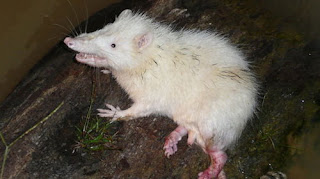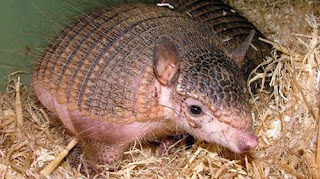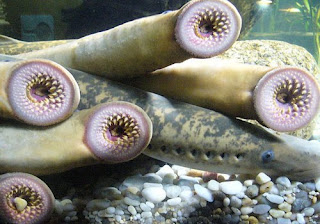
Refreshingly this species is not endangered. The North American Cacomistleis common in southern USA but is otherwise unknown. Alias’s of the North American Cacomistle include ‘ring-tailed cat’ and ‘cat squirrel’, neither of which give an accurate description of this evasive mammal. The North American Cacomistle is more like a Raccoon than at cat and has similar habits, sometimes causing trouble that the Raccoon gets the blame for. The name North American Cacomistle comes from the Nahuatl language literally meaning ‘ half mountain lion‘ which again is pretty far off target.
That rounds up out list of the most elusive mammals in the world! hopefully you’ve discovered some wonderful creatures that you never thought existed so if you live close to any of these animals why not keep an eye out for them? just don’t bother the Hairy Saki!



















































